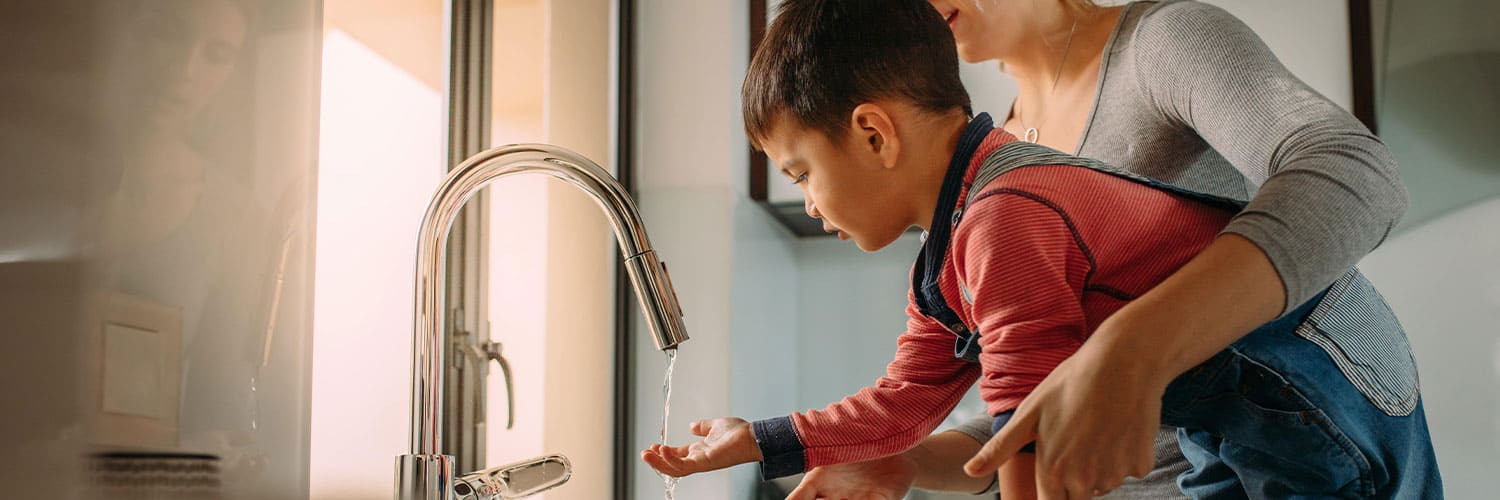Best Practices for Maintaining Your Home's Hot Water SystemUseful Techniques for Caring for Your Home's Hot Water System
Best Practices for Maintaining Your Home's Hot Water SystemUseful Techniques for Caring for Your Home's Hot Water System
Blog Article
They are making a few good observations on Tips For Maintaining Your Hot Water Heater in general in the content followed below.

Warm water is essential for daily comfort, whether it's for a rejuvenating shower or cleaning meals. To guarantee your warm water system runs efficiently and lasts much longer, normal upkeep is crucial. This write-up gives sensible ideas and insights on exactly how to maintain your home's hot water system to avoid disruptions and costly repair work.
Introduction
Maintaining your home's hot water system may seem complicated, yet with a couple of straightforward actions, you can guarantee it runs efficiently for several years ahead. This overview covers every little thing from comprehending your warm water system to do it yourself maintenance ideas and understanding when to employ expert assistance.
Value of Preserving Your Hot Water System
Regular maintenance not only extends the lifespan of your hot water system yet additionally guarantees it runs effectively. Ignoring maintenance can lead to reduced effectiveness, higher energy bills, and even early failing of the system.
Indicators Your Warm Water System Demands Upkeep
Understanding when your hot water system requires focus can stop significant problems. Look out for indicators such as irregular water temperature level, odd noises from the heater, or rustic water.
Comprehending Your Warm Water System
Prior to diving into maintenance tasks, it's valuable to comprehend the fundamental parts of your warm water system. Commonly, this consists of the hot water heater itself, pipelines, anode poles, and temperature controls.
Regular Monthly Maintenance Tasks
Regular monthly checks can aid capture small problems before they intensify.
Flushing the Water Heater
Purging your hot water heater removes debris accumulation, improving performance and extending its life.
Checking and Changing Anode Rods
Anode rods protect against rust inside the tank. Evaluating and replacing them when worn is essential.
Evaluating and Changing Temperature Setups
Adjusting the temperature level settings ensures ideal performance and safety and security.
DIY Tips for Upkeep
You can carry out numerous maintenance jobs yourself to maintain your hot water system in leading condition.
Looking for Leaks
Regularly evaluate pipes and links for leaks, as these can cause water damage and greater bills.
Checking Pressure Relief Valves
Examining the pressure safety valve ensures it operates correctly and protects against extreme pressure build-up.
Protecting Pipelines
Shielding warm water pipes minimizes heat loss and can save power.
When to Call a Professional
While DIY upkeep is advantageous, some problems require expert experience.
Complex Concerns Requiring Expert Aid
Instances include significant leakages, electric troubles, or if your water heater is constantly underperforming.
Regular Professional Maintenance Perks
Specialist maintenance can consist of comprehensive assessments, tune-ups, and making certain compliance with safety and security requirements.
Conclusion
Routine upkeep of your home's hot water system is crucial for efficiency, durability, and price financial savings. By complying with these pointers and knowing when to look for specialist help, you can make sure a reliable supply of hot water without unanticipated disruptions.
How to Maintain an Instant Hot Water Heater
Before tinkering with your hot water heater, make sure that it’s not powered on. You also have to turn off the main circuit breaker and shut off the main gas line to prevent accidents. Also turn off the water valves connected to your unit to prevent water from flowing into and out of the appliance. 2. When you’re done, you have to detach the purge valves’ caps. These look like the letter “T” and are situated on either side of the water valves. Doing so will release any pressure that has accumulated inside the valves while at the same time avoid hot water from shooting out and burning your skin. 3. When the purge valves’ caps are removed, you have to connect your hosing lines to the valves. Your unit should have come with three hoses but if it didn’t, you can purchase these things from any hardware or home repair shops. You can also get them from retail stores that sell water heating systems. Read the user’s manual and follow it to complete this task properly. When the hosing lines are connected, open the purge port’s valves. 4. You should never use harsh chemical cleaners or solutions when cleaning your unit. Make use of white vinegar instead. It should be undiluted and you’ll probably use about 2 gallons. 5. Now flush your water heater. This task should probably take about 40 minutes. We can’t give you specific directions for this because the procedure is carried out depending on the type, model and brand of your heater. With that being said, refer to the user’s manual. 6. When you’re done draining the unit, you have to turn off the purge port valves again. Remove the hosing lines that you earlier installed on each of the water valves. Put the valve caps (purge port) back in their respective places and be very careful so as not to damage the rubber discs that are found inside these caps. 7. Now that everything’s back in place, check your user’s manual again to find out how to reactivate your water heating system. 8. Once it is working, turn one of your hot water faucets on just to let air pass through the heater’s water supply pipes. Leave the tap on until water flows smoothly out of it. https://www.orrplumbing.com/blog/2014/september/how-to-maintain-an-instant-hot-water-heater/

I was made aware of that editorial on Water Heater Maintenance Tips You Can't Afford to Forget from a good friend on our other web page. Enjoyed reading our review? Please quickly share it. Help other people locate it. Many thanks for going through it.
Call Today Report this page